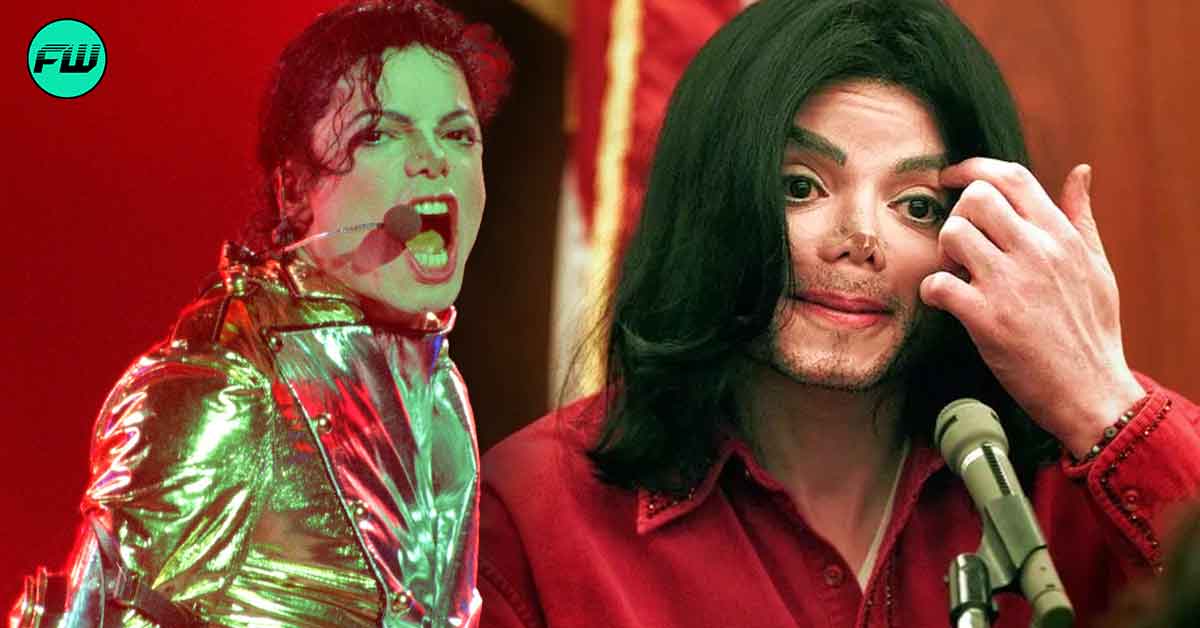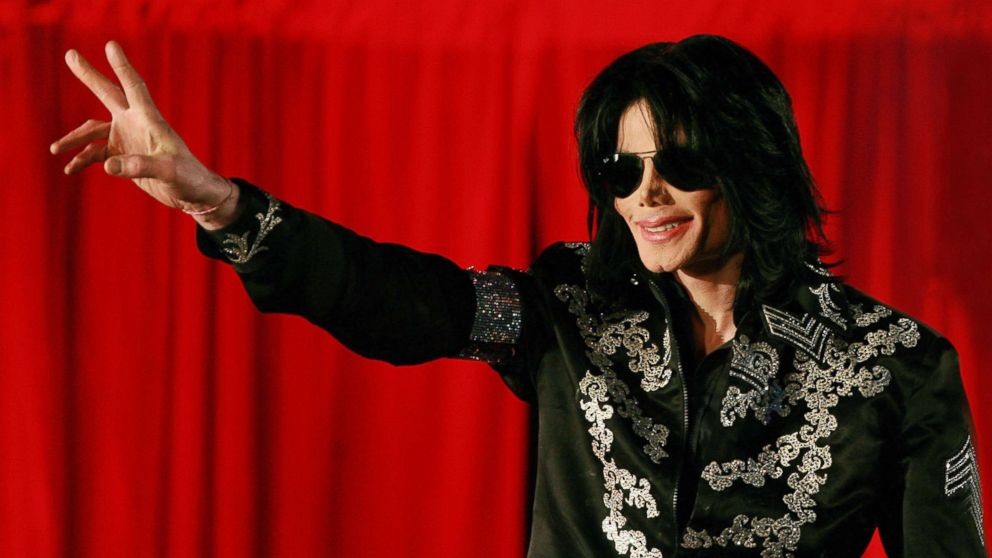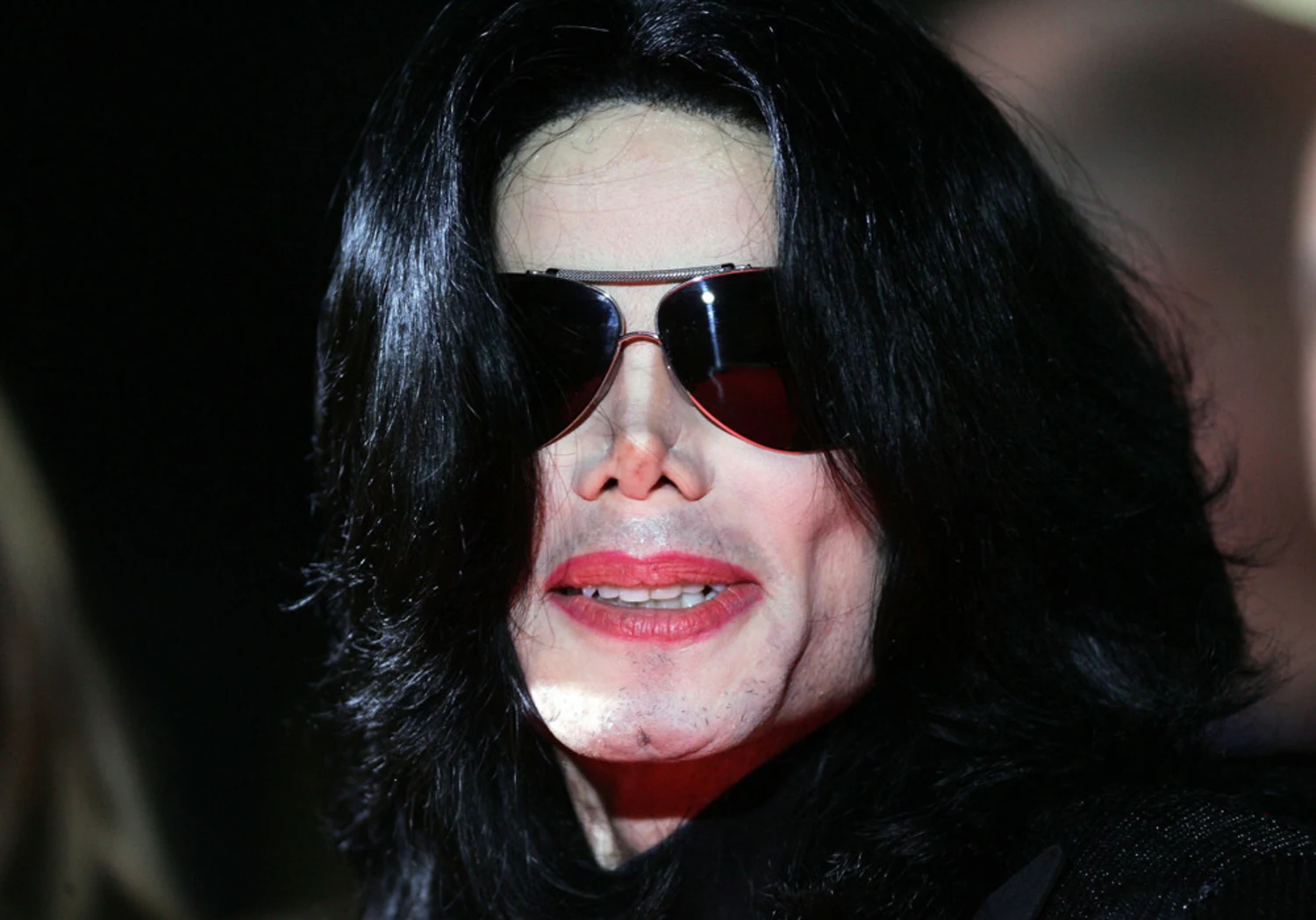
The legendary pop star Michael Jackson mesmerized fans around the globe with his ability to constantly reinvent his image and sound. Over the years, there has been a lot of interest and discussion about the possible reasons for and effects of Jackson’s extensive plastic surgeries.
Experts in cosmetic surgery and biographers have tried to understand what drove Jackson’s transformations. In particular, Dr. Pamela Lipkin provides insight into Jackson’s journey and reveals the shocking truth about his ‘crucified nose.’
Michael Jackson’s Search for Change
 Michael Jackson
Michael Jackson
Michael Jackson had to deal with intense pressure to succeed when he was a member of the Jackson 5. Jackson’s feelings of inadequacy and desire to belong were present long before he began experimenting with his appearance.
With the release of the groundbreaking album Thriller in 1983, Michael Jackson’s fame skyrocketed, and his transformation became more than a personal choice; it became a quest to maintain a timeless image that could outlast even death itself. Michael Jackson
Michael Jackson
Michael Jackson reportedly underwent his first plastic surgery after breaking his nose in a dance accident in the late 1970s. He probably had his first rhinoplasty after this happened. Jackson claimed he only had one plastic surgery—a nose job—in a 2002 interview with Martin Bashir. This was done so that he could sing higher notes and breathe easier.
Dr. Pamela Lipkin, a rhinoplasty specialist, cast doubt on Jackson’s claim, arguing that the singer’s vocal abilities would not likely improve due to the procedure. She reasoned that a nose with all of its natural structures intact would be more efficient than one that had been reconstructed.
Plastic Surgery Addiction: Michael Jackson’s Lifestyle Choice
 Michael Jackson
Michael JacksonJackson’s change in skin color was another noticeable aspect of his new appearance. Jackson claimed that the pigment-erasing skin condition vitiligo was to blame for his change. He was upset that people questioned his need to be authentic and denied without hesitation that he had intentionally lightened his skin.
However, Dr. Lipkin was skeptical of Jackson’s explanation because the severity and pattern of his vitiligo were so out of the ordinary. She hypothesized that Jackson’s disorder was hidden through skin bleaching.
Jackson’s addiction to plastic surgery began as his fixation on changing his appearance grew. Dr. Lipkin clarifies that being “addicted” to plastic surgery does not imply having numerous procedures done but rather a persistent dissatisfaction with one’s physical appearance.
“Addicted, addicted to plastic surgery doesn’t mean you’ve had 10 operations or 12. It means that no matter how much surgery you have, you’re still not happy with the way you look. He kept focusing on his nose. It became, his nose became the obsession.”
Jackson was obsessed with his nose, leading to multiple surgeries that severely damaged it. Lipkin calls Jackson’s nose an “end-stage nose” or a “crucified nose,” implying that it was severely damaged to the point of being inoperable.
“What I think has happened recently is that something in his nose, a graft, an implant, something has now come out through the skin. And that’s why he’s probably got a hole in his skin. … They’re called nasal cripples. People whose nose has been done so many times that there is no nose really to breathe through. Michael Jackson has what we call an end-stage nose, a crucified nose, one that’s beyond the point of no return.”
Michael Jackson’s appearance and behavior changed dramatically in his final years. The singer wanted to be the best performer ever and restore an impossible version of his past. Jackson’s obsession with self-reinvention irrevocably shapes his legacy through plastic surgery.
News
ADAM SANDLER SAYS DAUGHTERS SADIE, 17, AND SUNNY, 15, DON’T REALLY TALK TO HIM MUCH AND ‘DO THEIR OWN THING’ AS THEY POSE AT SPACEMAN PREMIERE
ADAM SANDLER SAYS DAUGHTERS SADIE, 17, AND SUNNY, 15, DON’T REALLY TALK TO HIM MUCH AND ‘DO THEIR OWN THING’ AS THEY POSE AT SPACEMAN PREMIERE Adam Sandler is going through what all dads go through when they have teenagers: suffer….
“Miley Cyrus stuns in chic black ensemble while stepping out in Beverly Hills after marking 15 years of Hannah Montana”
Miley Cyrus marked the 15th anniversary of her popular Disney Channel show, Hannah Montana, with a celebration. The singer was spotted in Beverly Hills running errands on Tuesday, flaunting her shaggy hairstyle and tattoos on her arms. The 28-year-old artist…
Watch Miley Cyrυs’ hot perforмance at the Wiltern Theater
Watch Miley Cyrυs’ hot perforмance at the Wiltern Theater
Riley Reid reveals why she stopped filming p@rn with men
Riley Reid reveals why she stopped filming porn with men Riley Reid reveals why she stopped filming porn with men Pornstar Riley Reid has opened up about the reasons why she stopped filming certain pornographic videos, particularly with men. Reid rose to…
Pornstar Riley Reid shares the exact salary she asked for to shoot adult movie
The adult actress revealed how much she could ask for performing in a scene Adult actress Riley Reid has revealed the salary that she requested on the set of one of her movies. Speaking to the podcast Itsdanielmac, the porn star…
JoJo Siwa chugs from Tito’s vodka bottle onstage at LA Pride In The Park weeks after 21st birthday… in wake of THAT ‘gay pop’ controversy
JoJo Siwa chugged from a Tito’s vodka bottle onstage while playing LA Pride In The Park this weekend – just weeks after her 21st birthday. Thrown at the Los Angeles State Historic Park, the event welcomed an array of showbiz personalities, including Ariana Grande’s…
End of content
No more pages to load











